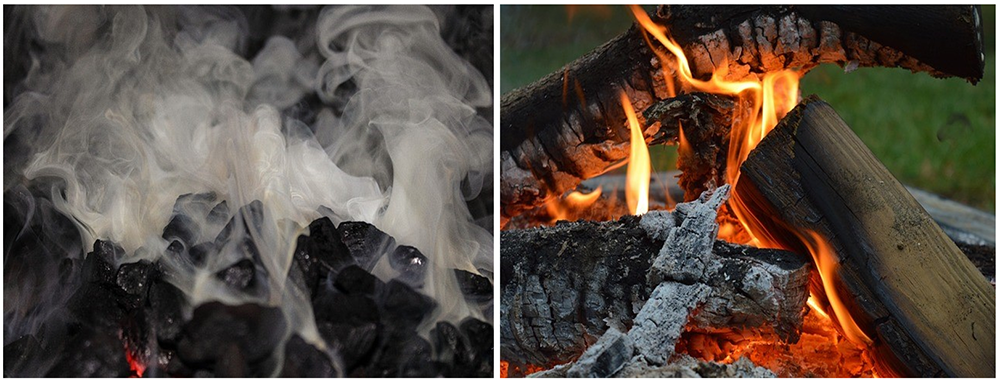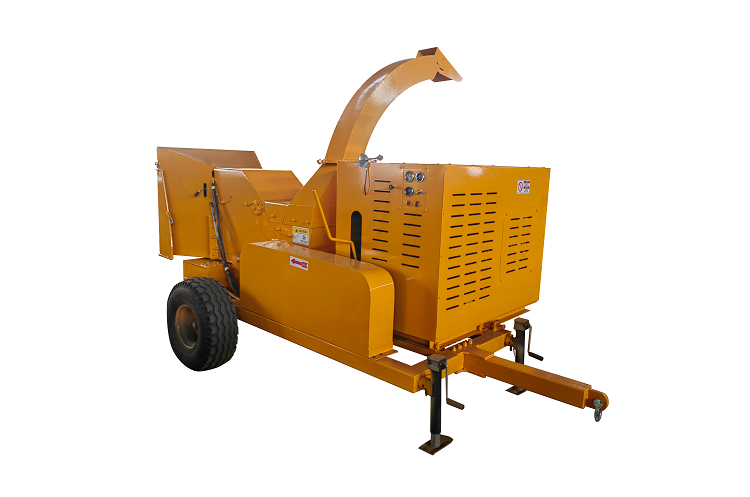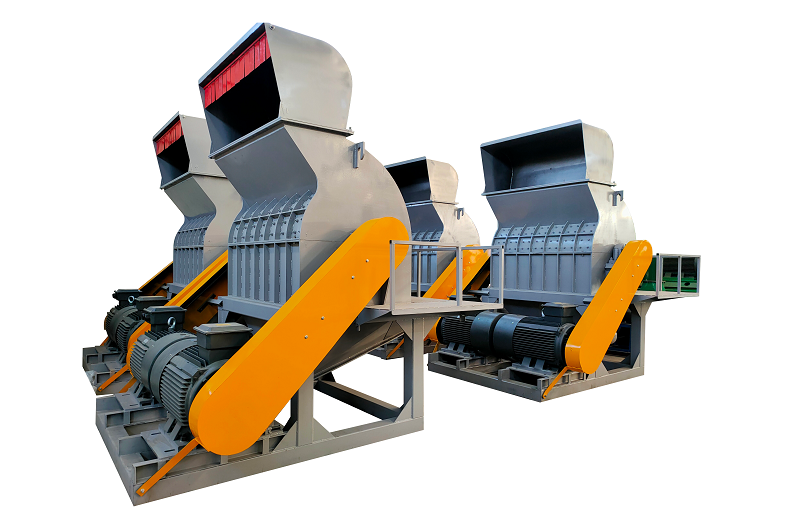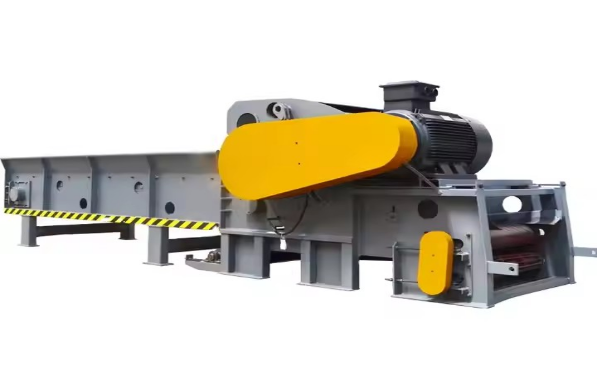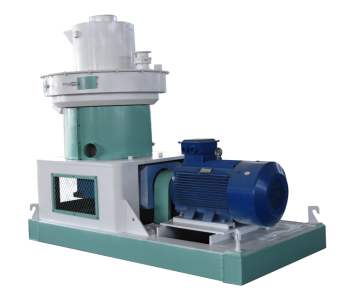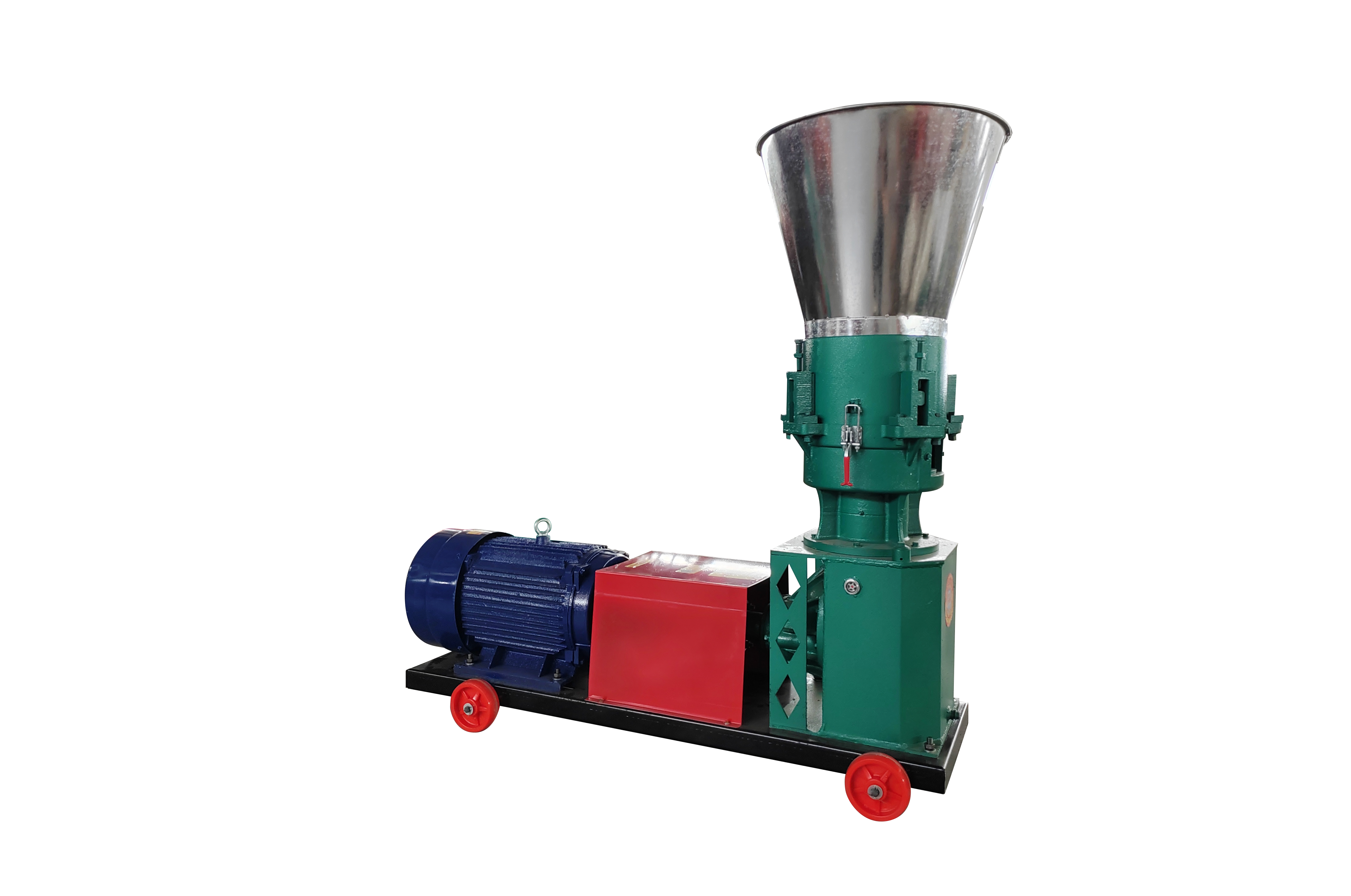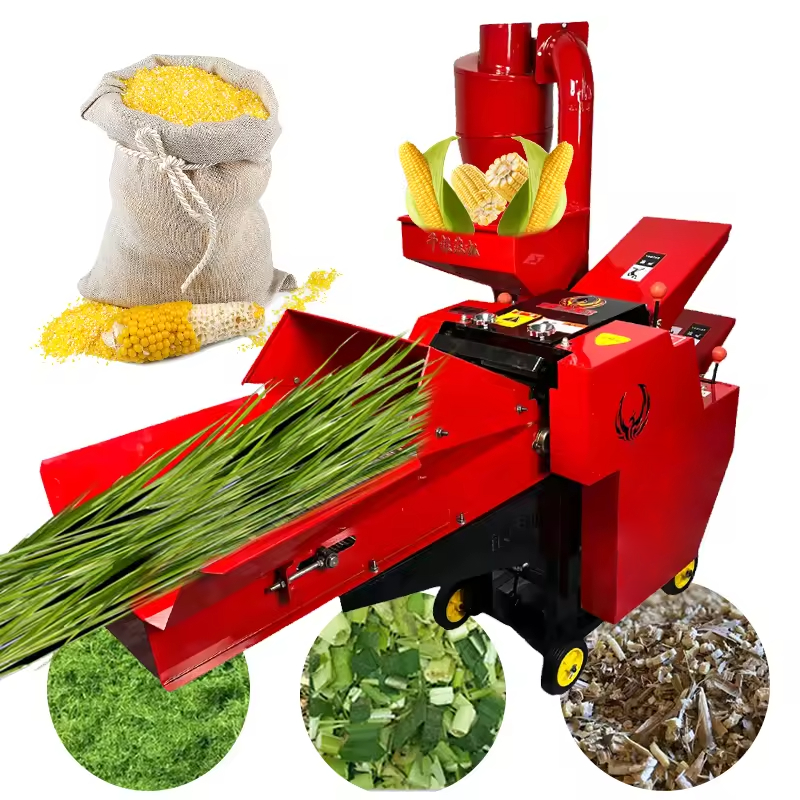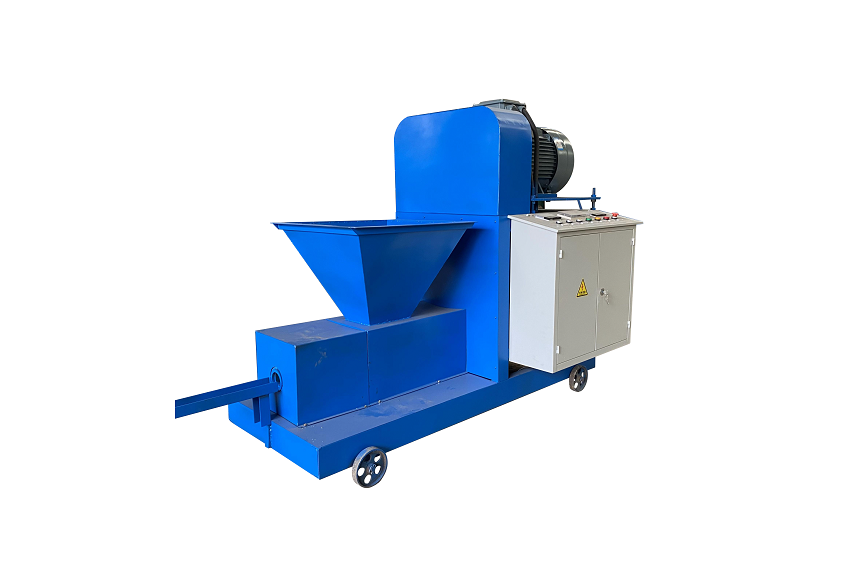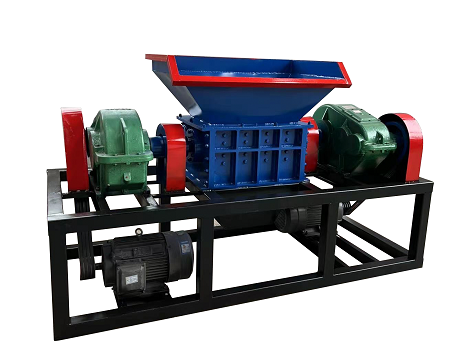What is rice husk good for?
The rice husk, also called rice hull, is the coating on a seed or grain of rice. It is formed from hard materials, including silica and lignin, to protect the seed during the growing season. Each kg of milled white rice results in roughly 0.28 kg of rice husk as a by-product of rice production during milling.
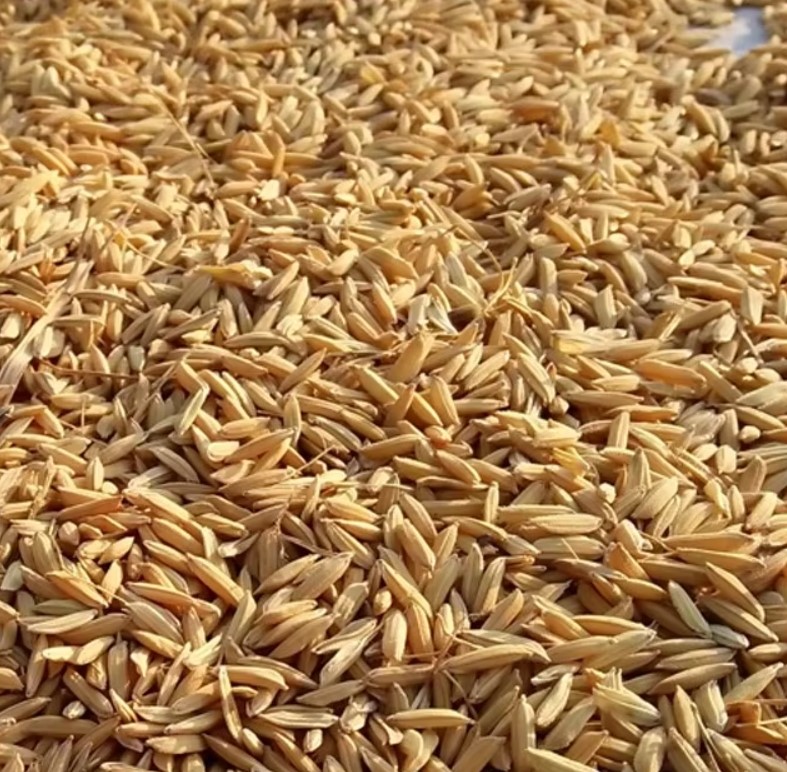
Rice husks provide a dense source of carbon which, when composted, can increase the water and nutrient holding capacity of soil and improve soil aggregation, porosity, infiltration, and many other key beneficial soil physical characteristics.
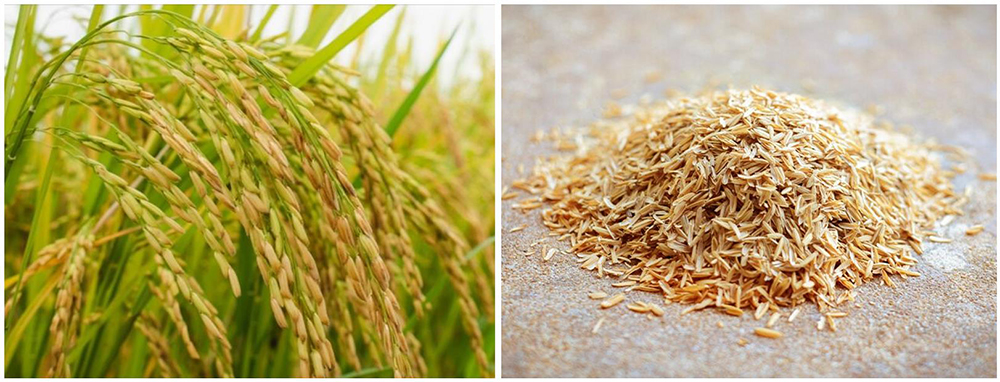
In addition, one drawback that prevents the advancement of rice husks from having more common usage is that it produces a large quantity of smoke when it is combusted. One way that this has been controlled over the years is by using gasification, which uses a gasifier to minimize the amount of dark, black smoke that is produced.
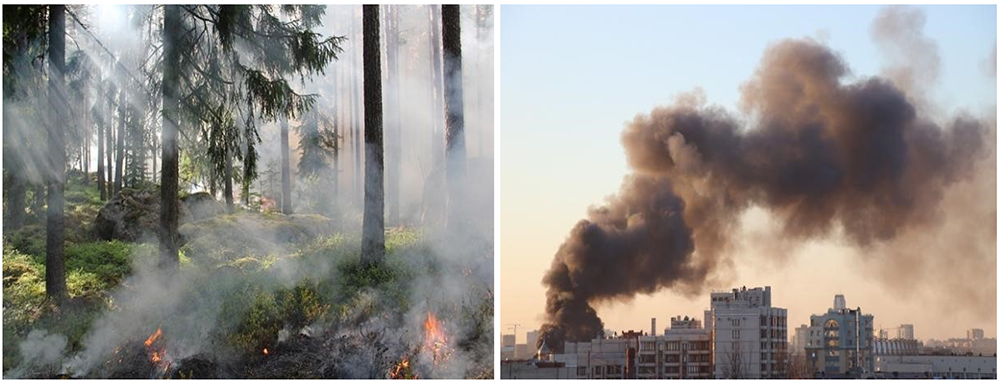
What’s more, rice husk contains about 30–50% of organic carbon and have high heat value of 13–16 MJ per kg. It can be used to generate fuel, heat, or electricity through thermal, chemical, or bioprocesses.
